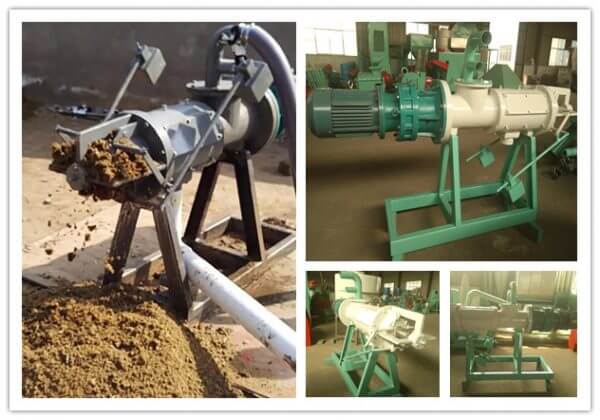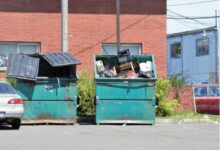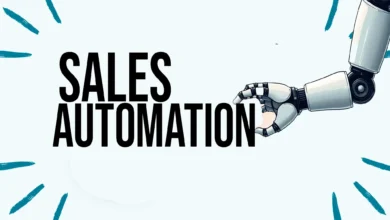
Solid–Liquid Separators: How They Improve Efficiency in Various Industries
Industrial solid–liquid separation plays a critical role in manufacturing, mining, wastewater treatment, and agriculture. By efficiently separating solids from liquids, companies can reduce waste, recover valuable materials, and improve environmental outcomes. From mechanical solid–liquid separators to advanced slurry separation systems, the technology continues to evolve, delivering higher efficiency and reliability across industries.
Table of Contents
The Science Behind the Solid–Liquid Separation Process
Physical vs. Mechanical Separation
Solid–liquid separation is the process of removing suspended solids from a liquid stream. Physical separation methods rely on gravity, filtration, or sedimentation, while mechanical solid–liquid separators use centrifugal force, vibration, or pressure to enhance efficiency.
Role of Separation Technology in Industries
Separation technology in industries ensures consistent product quality, prevents equipment blockages, and supports environmental compliance. It’s essential in operations ranging from mining separation equipment to wastewater solid–liquid separator systems.
Key Components of a Mechanical Solid–Liquid Separator
- Inlet feed system – Introduces the slurry into the separator.
- Separation chamber – Where mechanical forces remove solids from liquids.
- Discharge outlets – Separate paths for solids and clarified liquid.
- Control system – Monitors and adjusts operating parameters for efficiency.
Major Applications of Solid–Liquid Separators Across Industries
Wastewater Treatment
Wastewater solid–liquid separators are essential for removing grit, sludge, and particulate matter before water is discharged or reused. They help municipalities meet strict environmental regulations.
Mining Operations
Mining separation equipment plays a crucial role in processing ore, managing tailings, and improving water recovery rates. Slurry separation in mining operations enhances resource recovery while reducing environmental risks through efficient waste handling
Agriculture
Slurry separation systems are widely used to manage manure and agricultural wastewater. By separating solids for composting and reusing liquid for irrigation, farmers can improve nutrient management.
Manufacturing
Industrial separation equipment ensures high-quality output in food processing, chemical manufacturing, and pharmaceuticals by preventing contamination and maximizing material recovery.
Benefits of Implementing Industrial Solid–Liquid Separation
Efficiency Gains
- Faster processing cycles.
- Reduced downtime due to blockages.
Cost Savings
- Lower maintenance expenses.
- Reduced waste disposal costs.
Environmental Impact
- Improved slurry management solutions.
- Lower risk of water pollution.
Factors to Consider When Selecting a Solid–Liquid Separator
- Type of slurry or material – Viscosity, particle size, and density affect equipment choice.
- Flow rates and capacity – Ensure the separator can handle operational demands.
- Energy consumption – Energy-efficient models reduce long-term costs.
- Maintenance requirements – Choose designs that allow for easy cleaning and parts replacement.
Innovations in Slurry Separation Systems
- AI-based monitoring – Real-time performance adjustments and predictive maintenance.
- Modular industrial separation equipment – Scalable solutions for growing operations.
- Advanced filter materials – Longer service life and higher efficiency in the solid–liquid separation process.
Conclusion & Call to Action
Solid–liquid separators are indispensable in industries that handle slurry, wastewater, or mixed material streams. By investing in the right industrial separation equipment, businesses can boost efficiency, reduce costs, and meet environmental targets. With ongoing innovations in separation technology, the future promises even greater productivity and sustainability benefits.








